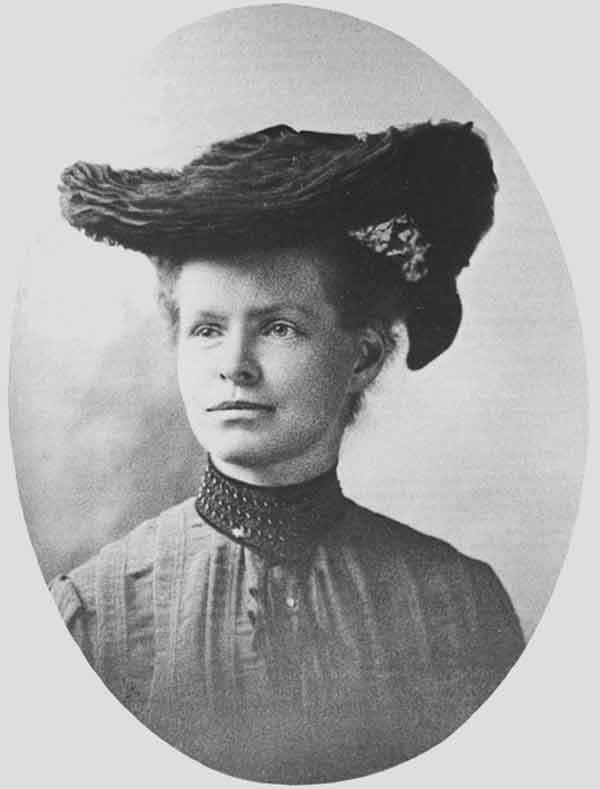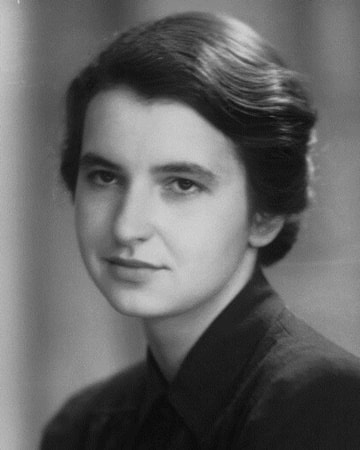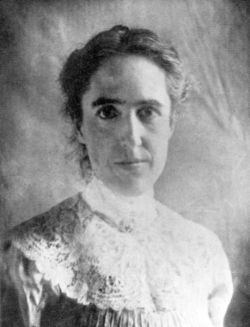Written out of history: meet these forgotten women whose work in stem had been credited to men PT. 17/12/2021
By Arielle Arbel, Executive Blog Director Nettie Maria Stevens, Geneticist (1861-1912)
However, around the same Stevens made her discovery, fellow geneticist Edmund Beecher Wilson produced similar findings in his own research. Despite both researchers being correct in their findings, Nettie Maria Stevens was discriminated against due to her gender, leaving her work not being taken seriously by the scientific community and allowing only Wilson to be credited for the discovery. Rosalind Franklin, Chemist & Molecular Biologist (1920-1958)
However, her manuscript was dismissed as merely confirming her male colleagues' discovery In 1958, Franklin died from ovarian cancer at 37, never knowing her research was stolen. Four years following her death, Wilkins, Crick, and Watson would go on to receive the Nobel Prize for their double-helix theory of DNA. Watson would later author the book, The Double Helix, in which he continued to credit himself and his male colleagues for their award-winning discovery and went on to describe Franklin as an antagonistic and overly emotional woman” (Pak, 2020). Henrietta Leavitt, Astronomist (1868-1921)
SourcesWikimedia Foundation. (2021, July 9). Rosalind Franklin. Wikipedia. https://en.wikipedia.org/wiki/Rosalind_Franklin. Wikimedia Foundation. (2021, June 12). Nettie Stevens. Wikipedia. https://en.wikipedia.org/wiki/Nettie_Stevens. Wikimedia Foundation. (2021, June 25). Henrietta Swan Leavitt. Wikipedia. https://en.wikipedia.org/wiki/Henrietta_Swan_Leavitt. Images courtesy of Wikipedia.
Comments are closed.
|
Our writersArielle Arbel Archives
August 2022
Categories |



